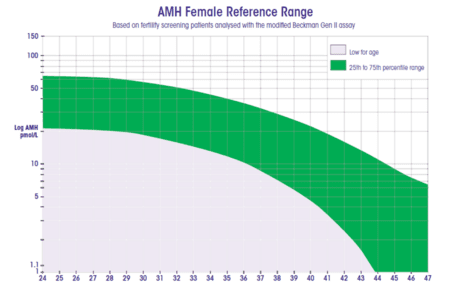
Every woman is born with a set supply of eggs. Each egg is contained within. This provides you and your adviser with information about the variability of numbers of worm eggs present in the dung of the mob.

Fecal egg counts are the primary diagnostic tools of equine parasitology and use of the McMaster test and its variants in clinical practice is widely recommended. Antral follicle counts less than 8 between both ovaries is considered a sign of diminished ovarian reserve. AMH or anti-mullerian hormone is a laboratory test that OBGYN and fertility doctors may use to assess a womans ovarian reserve or egg count. Faecal egg counts FEC and the FEC reduction test FECRT for assessing gastrointestinal nematode GIN infection and efficacy of anthelmintics are rarely carried out on ruminant farms because of the cost of individual analyses. Frequent accurate worm egg count testing enables farmers and equine managers to treat the right animals at the right time with the right treatment and is an important decision-making tool for vets. The number of visible egg follicles is called the antral follicle count.
Since the basal FSH level will not detect every woman with a diminishing egg supply the.
The number of animals available will determine how many. Fecal egg counts are the primary diagnostic tools of equine parasitology and use of the McMaster test and its variants in clinical practice is widely recommended. The two main ways to assess anthelmintic performance are 1 the in vivo fecal egg count reduction test FECRT and 2 the LDA which is an in vitro bioassay. The level of AMH in the blood can help doctors estimate the number of follicles inside the ovaries. You get 10 individual egg counts results include the average egg count and the range. Each egg is contained within.